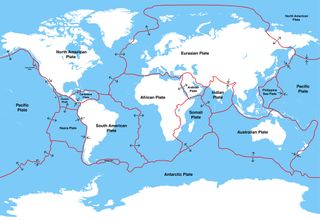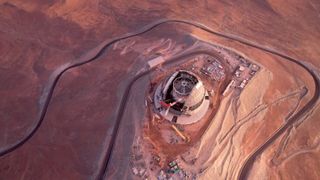Potential patches of Earth’s ancient crust, sometimes called “sunken worlds,” may have just been discovered deep within the mantle, thanks to a new way of mapping the inside of our planet. However, these mysterious blobs appear in places they should not, leaving researchers scratching their heads. For decades, scientists have been building up a better picture of Earth’s interior by using seismographs — 3D images created by measuring how seismic waves from earthquakes reverberate deep within our planet. This method has helped scientists identify ancient sections of the planet’s crust,…
Read MoreDay: January 19, 2025
How ‘quantum foam’ may have inflated the early universe
The early universe experienced a phase of rapid expansion, known as inflation. For decades, cosmologists assumed that this expansion was powered by a new entity in the universe, known as the inflaton. But new research suggests that it may have been possible to inflate the universe without anything new powering that inflation. In the 1970s, physicist Alan Guth concocted a radical picture of the extremely early universe. Originally intending to solve some troublesome properties exhibited by the high-energy physics in the young, dense, hot universe, he conceived of a model…
Read MoreWorld’s largest telescope gets its protective shell (photos)
The frame of the dome that will house the world’s largest telescope has been completed, marking another key milestone in the observatory’s construction. The European Southern Observatory’s (ESO) Extremely Large Telescope (ELT) — the world’s largest visible- and infrared-light telescope — is currently under development on the Cerro Armazones mountain in Chile’s Atacama Desert. The mighty telescope is expected to see its “first light” by 2028. New photos from the ESO show that the dome’s frame is now completed, while the outer shell that will fully enclose the telescope is…
Read More

